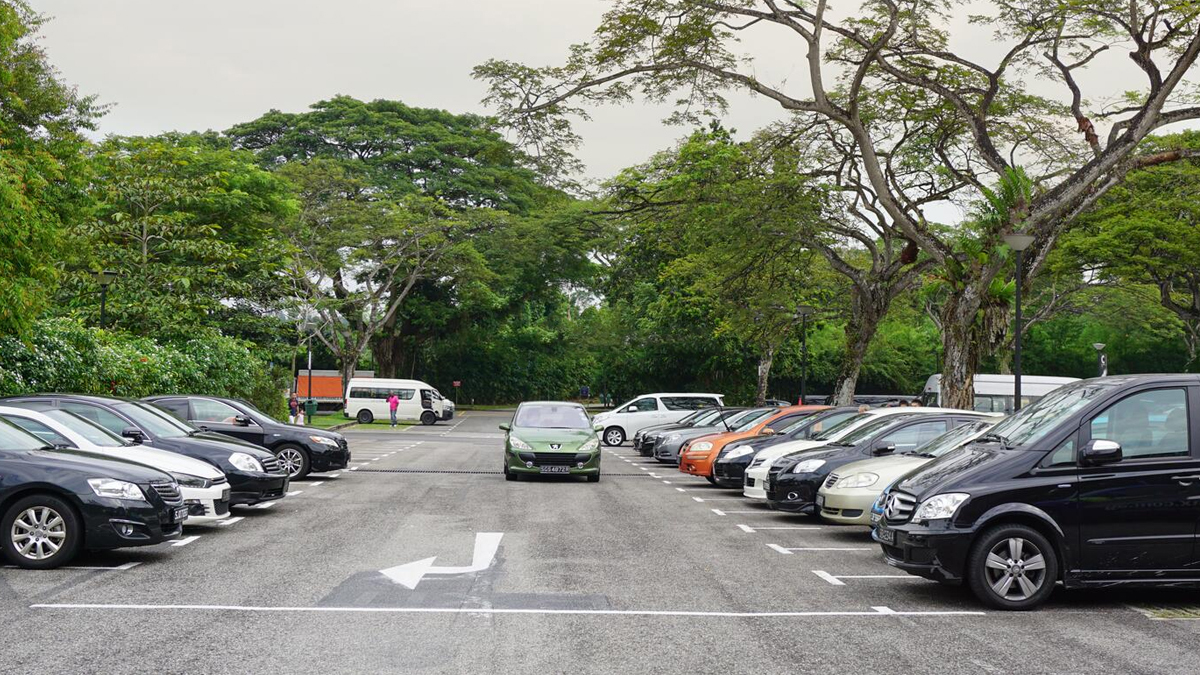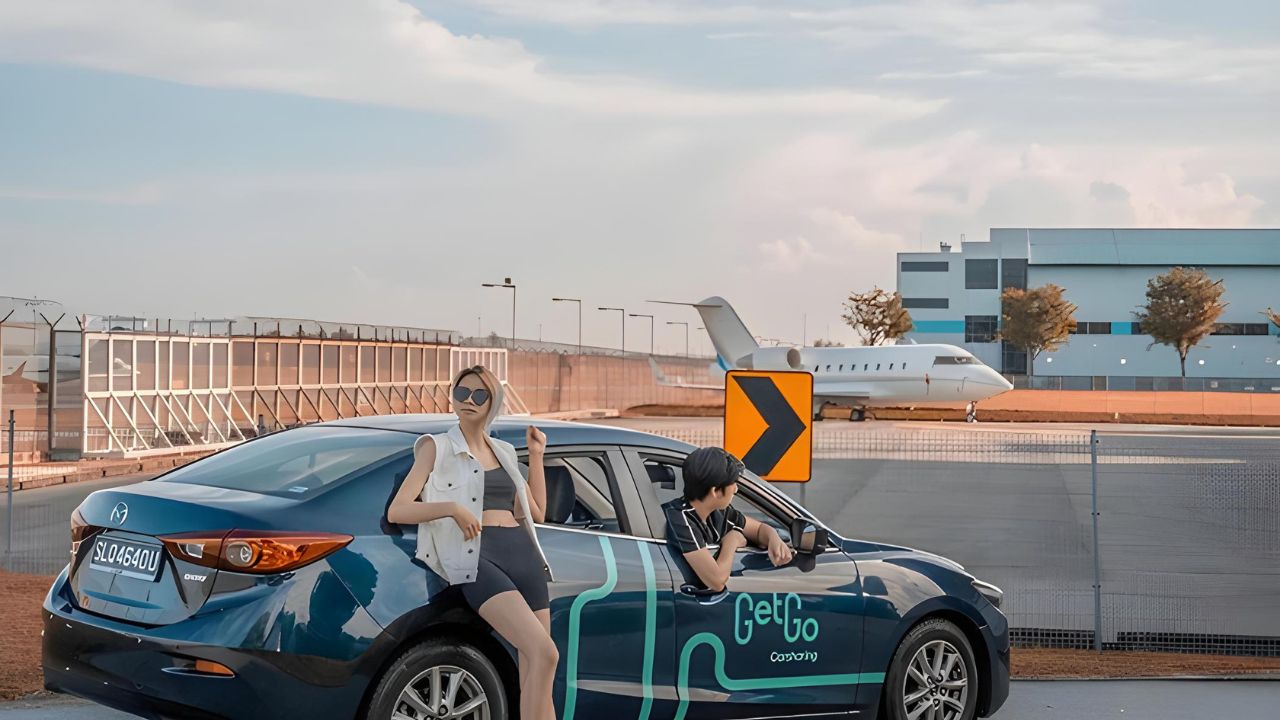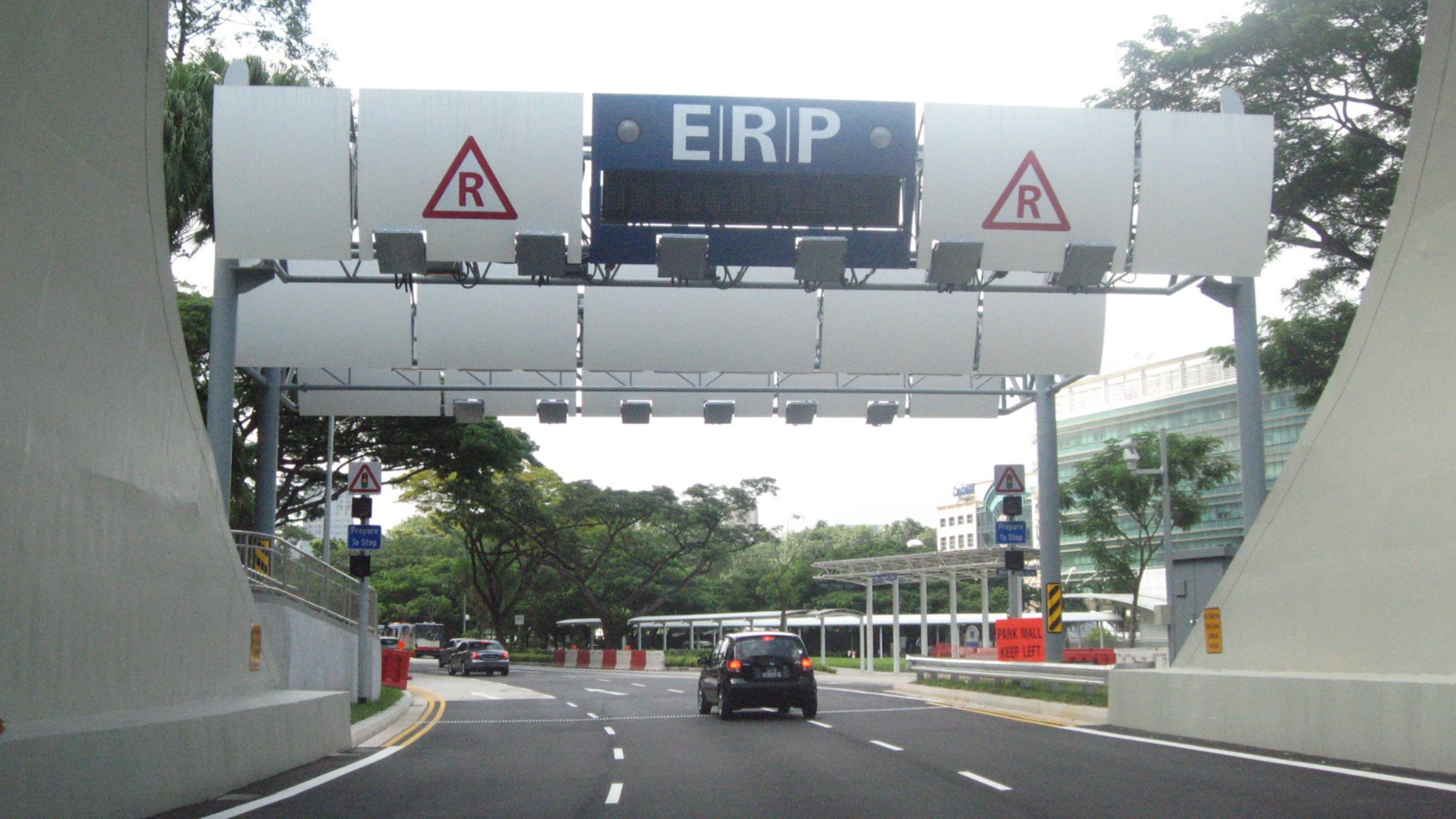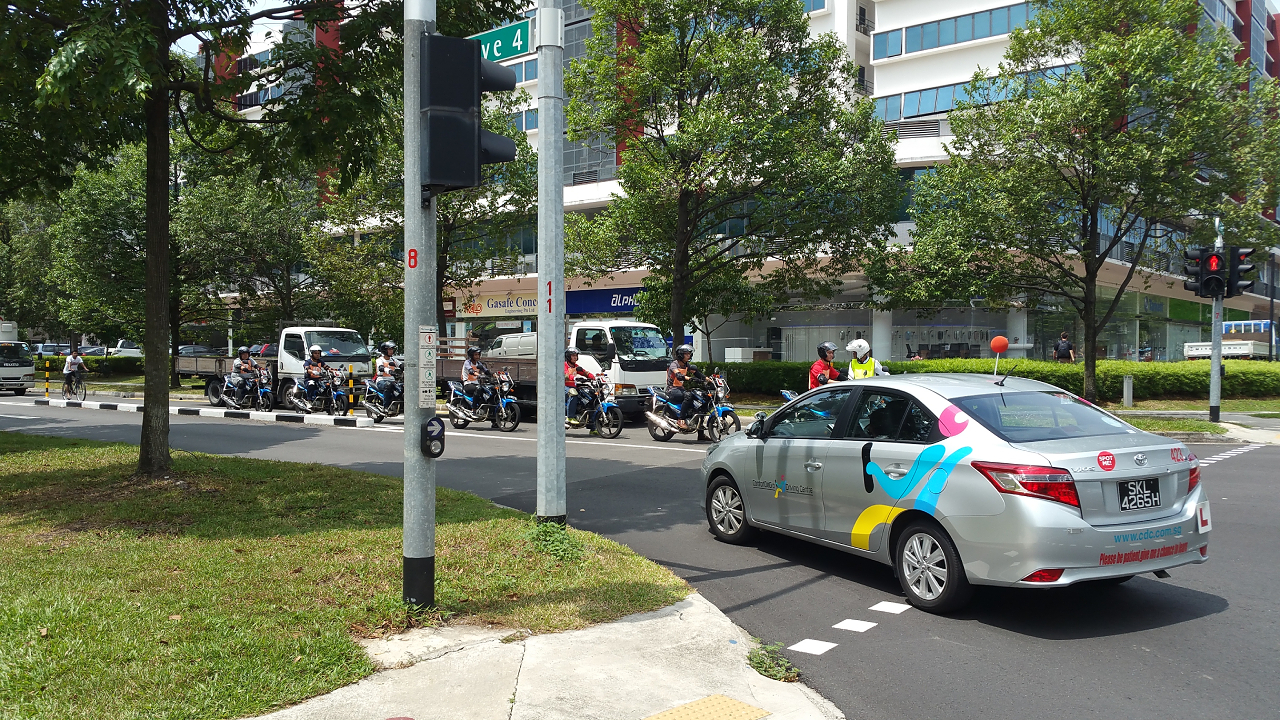Car Review: Here’s our take on the Hyundai KONA Electric in Singapore (2022)
11/05/2022
7.5 min read

Over the past couple of years, aside from producing their regular fleet of petrol-powered and hybrid-powered vehicles, Hyundai has been quietly ramping up their electric car technology, resulting in extremely capable electric vehicles like the KONA Electric and the upcoming IONIQ 5.

On review today is the standard range 39.2kWh Hyundai KONA Electric, which packs the same 395nm of torque as its long range sibling. It comes with many useful safety features, such as adaptive cruise control, blind spot collision avoidance assist, rear cross-traffic collision avoidance assist, lane following assist, and auto defog, making the KONA one of the safest and most well-equipped compact electric SUVs in the market today.
As a fully electric vehicle, the KONA also comes with regenerative braking, allowing for better real-world efficiency.
Exterior and Design

Built on the same platform that housed the KONA Hybrid, the KONA Electric shares much of the same design cues as its Hybrid cousin, but has a blanked-out front instead of the standard front grille found on most non-electric vehicles. Even though the difference seems subtle, the end result is impactful, and you immediately know you’re walking up to an electric vehicle just by looking at the front of the car. While this difference is purely cosmetic, the KONA Electric exudes a vibe that feels young, energetic, and futuristic — which in turn prompts you to jump into the car and get on your way. For this reason, the KONA Electric’s smart and sharp styling will surely appeal to a younger demographic.

Although generally regarded as an SUV, the KONA looks and feels more like a crossover rather than an SUV, as it sits a little lower than traditional SUVs — which presents some advantages. For starters, the car feels easy to get in and out of, and will present much less of a challenge to young children or old folks climbing into it. This is in comparison to a full-height SUV, where children and old folks can find the elevated floor threshold slightly challenging. In this regard, the KONA makes for a very practical car for a family excursion involving people from different generations.
Interior & Practicality

The KONA Electric is testament to the fact that Hyundai have come a long way from their humble beginnings. The door panels feel solid and robust, and close with a resounding thud. On first impressions, the car generally feels very well-built — on par with Japanese offerings in the same segment.

Inside the car, things get even more promising as the leather seats in the KONA are one of the most comfortable in its class, with a softness and plushness usually only found in higher-end Japanese cars. This theme continues with the steering wheel, which is elegantly wrapped in a soft leather finish. There is clear indication that with the KONA, Hyundai wanted to build something that provided higher levels of driver comfort than before, with features like ventilated seats and electric seats with lumbar support equipped as standard in the car. The ventilated seats especially, are a lovely feature to have in Singapore’s sometimes unforgiving heat, creating this comfortable layer of cool air between your warm body and the seats.

The dashboard and centre console in the KONA feature a modern, swooping design that beautifully segments the cabin between the driver and the passenger. Visually, this looks quite premium, and is a step above the normally utilitarian-looking designs in this segment of cars. Furthermore, Hyundai have made the switchgear in a nice matte aluminium, which once again uplifts the cabin and sets it apart from the usual black plastic that typically looks less premium. Rounding things off, the button-operated drive selector in the KONA adds a futuristic element to the cabin and helps the driver reconcile that they are operating a fully electric vehicle.

Practicality wise, the KONA Electric will take 4 passengers comfortably and will be able to accommodate 3 in the back on shorter journeys. The rear seats also come with ISOFIX points should you need to insert a child seat or a booster seat. The rear doors of the KONA open wide (but aren’t too big in size), making the loading of a car seat or a child into the back seat quite a breeze. The crossover height also offers significant benefits in this area over a regular sedan.

In the rear, the KONA offers up a competitive 332 litres of space in a very practical squarish shape, which is more than sufficient for a day trip to the beach or for a family excursion — easily enough space for a small stroller and some duffel bags. The boot aperture is also nice and large for easy loading, with minimal load lip to contend with.
Driving & Technology

Although the 39.2kWh KONA has a shorter range than its long-range 64kWh sibling, the former will still spit out the same 395nm of torque, propelling you from 0 to 100km/h in just under 10 seconds. Acceleration in the KONA is brisk, and you get the impression that the car is actually much faster than its stated performance.
The beauty about fully electric vehicles is that even when utilised in regular passenger cars, there is a stark difference in driving dynamics as compared to petrol-powered vehicles in the same class. In a fully electric vehicle like the KONA Electric, the car feels extremely smooth and silky, with the electric motors offering a punchiness normally reserved for higher-end vehicles.
At lower speeds around town, the KONA feels fleet-footed despite its 1.5-tonne weight, and moves off the line with superb ease. Steering is also light, making it easy to manoeuvre around car parks and tighter spaces. If you enjoy the feeling of regenerative braking sensation and one-pedal driving normally found on electric vehicles, you’ll be pleased to know that the regenerative braking level in Eco Mode is relatively strong, and is good enough to slow you down adequately in urban driving environments.

For those of you less accustomed to the sensation of regenerative braking, driving the KONA in Comfort or Normal Mode will likely yield a more natural driving experience. In Sports Mode, regenerative braking is almost non-existent, and will induce some low-key speed thrills for those keen on a more spirited driving experience.
Personally, we think that you attain the most significant gains in an electric vehicle like the KONA Electric over a petrol-powered vehicle when driving around the city. This is because the smoothness of the electric motors holds significant advantages over the low-speed droning of petrol-powered engines and CVT transmissions found in many entry-level cars. So if you are using the KONA Electric to run errands with multiple stops around your estate, it works extremely well for that sort of usage.
When driving on the expressways, the KONA Electric feels sturdy and planted, thanks to the car being extremely balanced as a result of the battery packs lining its floor. Due to higher-end multi-link suspension in the rear of the car, the KONA is also capable of being a very refined cruiser, ironing out the bumps in the road with relative ease. It’s also ultra-silent due to its electric drivetrain, and it’s also decently well-insulated such that you get minimal tyre roar coming through to the cabin.
Combine all these factors together, and you have a vehicle that is capable of handling longer trips without fuss, and is the perfect environment for kids to fall asleep in the back of the car after a long day outside.
Conclusion
The Hyundai KONA Electric drives like a premium vehicle, and the car feels well-calibrated for use in Singapore’s urban environment, offering good versatility for zippy town driving, while also providing excellent cruising capabilities for longer trips across expressways. Its well-packaged size means that you get an adequate amount of functionality without having to sacrifice the nimble and zippy demeanour of a more compact car.
Eager to experience the Hyundai KONA Electric? Download GetGo now to rent one from just $4/hour. With GetGo, you no longer have to worry about the financial commitments that come with owning a car. Just pay for what you use — no deposit or membership fees required. You’ll also be able to find a car for your every need, with over 20 models in our fleet.
Check out our quick guide to learn more on how to get started.
Enjoyed reading this review? Head over to our other review of the MG ZS EV now!
Trending articles
What's New

loop on our
latest updates,
promos, and weekly news.
The GetGo Blog
Get our latest updates,
promotions and weekly news.













